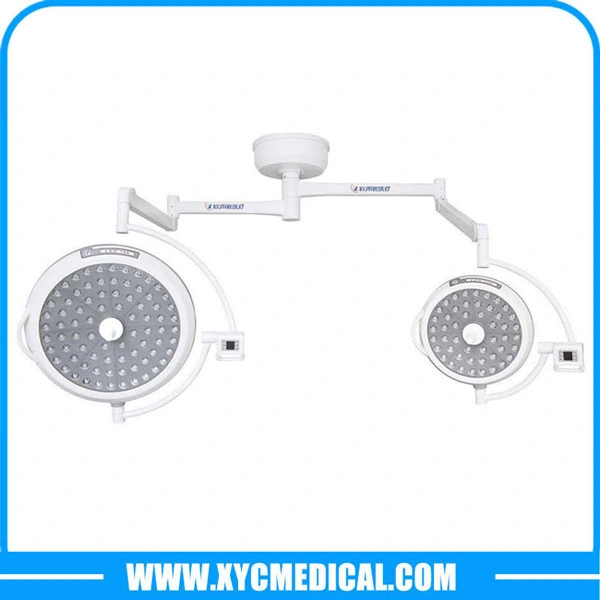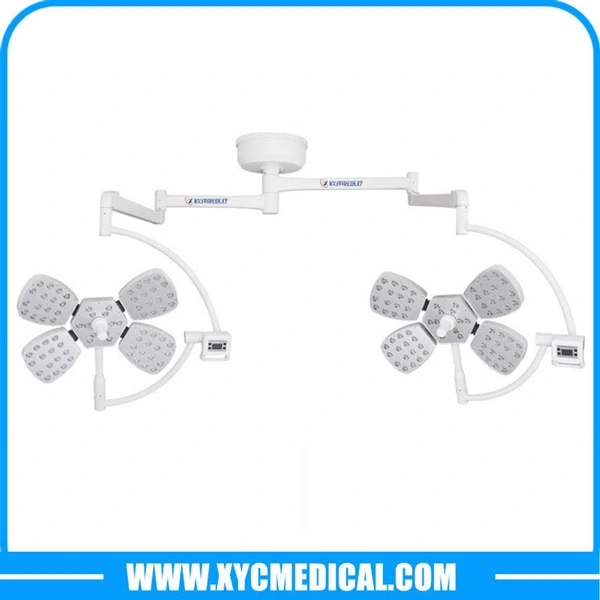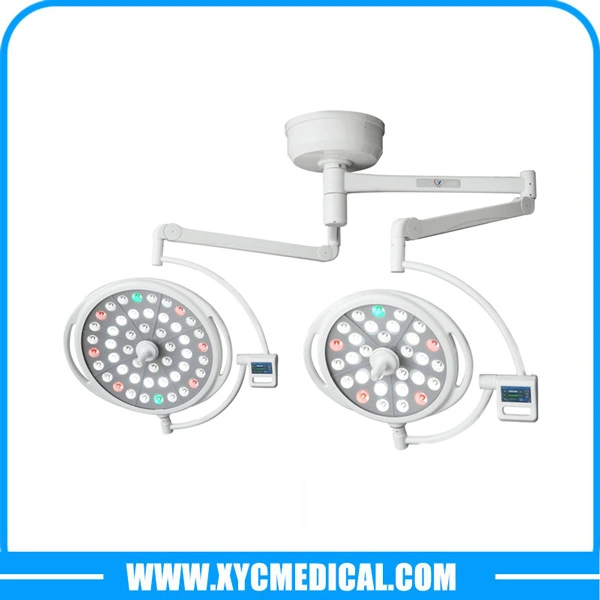Primary performance requirements for best surgical lights
The operating room is a critically demanding department of a hospital’s design and construction. Surgical light is an essential and fundamental piece of equipment in the operating room. Its quality and performance directly affect the surgical outcomes. Therefore, the surgical light is a valuable component of the operating room design and hospitals are paying increasing attention to it. This brings up a significant question: what are the primary performance requirements for best surgical lights?
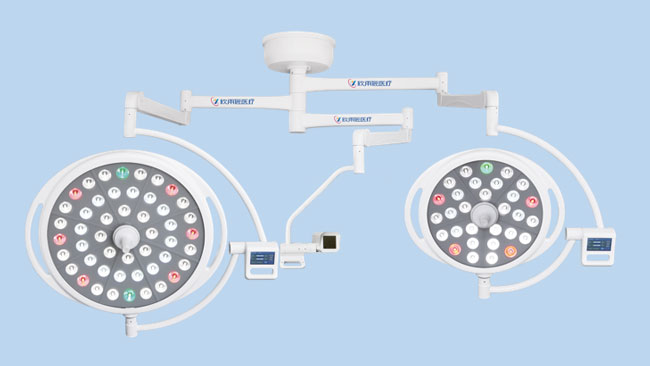
1. Adequate illumination
To provide sufficient lighting, illumination of the best surgical lights must achieve at least 150,000 Lux, which is akin to the brightness of a clear summer day. During operational usage, the recommended illumination ranges from 40,000 to 100,000 Lux, as excessively bright light can impede vision. Additionally, the light's glare on surgical tools should be avoided, as it causes eye strain and fatigue. To ensure optimal surgical outcomes, the surgical light's illumination should not diverge greatly from the surrounding illumination, and some standards specify that the general illumination should be one-tenth of the local lighting illumination. Moreover, the operating room's overall illuminance should be at least 1000 Lux.
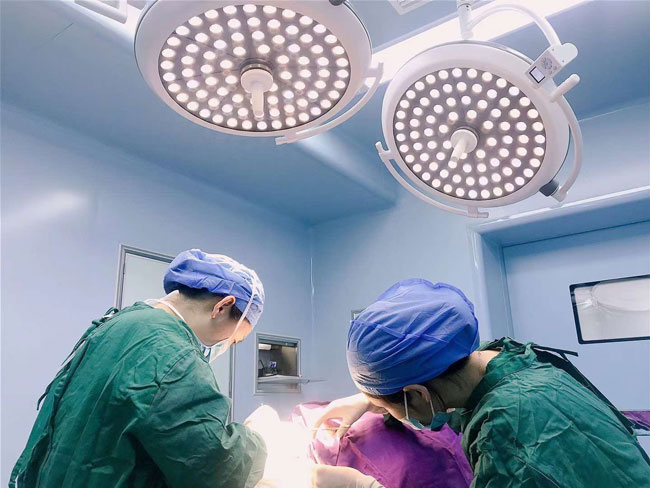
2. Perfect shadowless effect
Perfect shadowless effect is a critical feature and performance metric of best surgical lights. Any shadows in the field of surgery can impede a doctor's perception, discrimination, and surgical performance. Along with adequate illumination, good shadowless effect is also crucial for surgical lighting to ensure that both the surgical field and deep tissue receive adequate lighting. To test shadowless effect of the lamp, a 50x75mm black cylinder is placed 1m above the light source and a photometer is placed at the cylinder's bottom to measure the light-to-shadow ratio. The ideal ratio should be no less than 10%. In actual products, several or a dozen lamps are uniformly arranged in a ring of 50-100cm diameter with a special bulb and reflector. The beam is reflected from different positions through filters, intersecting at a single point to provide a balanced, uniform, and shadow-free beam of bright light.
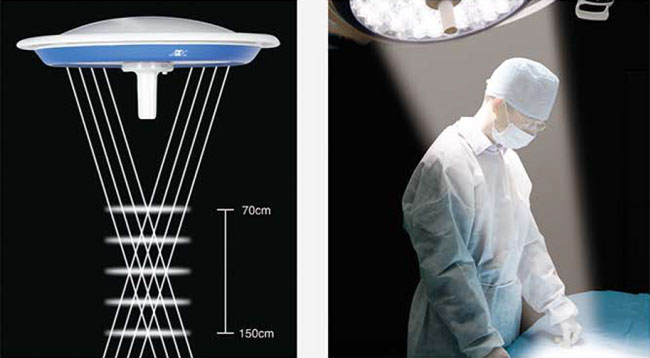
3. Low temperature rise
Low temperature rise is an essential requirement for best surgical lights. As the illumination increases, the temperature of the lamp body and beam tends to rise, which can impact the surgeon's head and surgical site's tissues, impacting the quality and efficiency of the procedure. Therefore, the temperature increase in the operating room should be restrained within 10°C. Typically, surgical lights use a reflector that filters out 70% of infrared light, and a glass cover filters out the rest of the infrared light, thus rendering the light generated by the light source visible. This filtering process applies the concept of cold light.
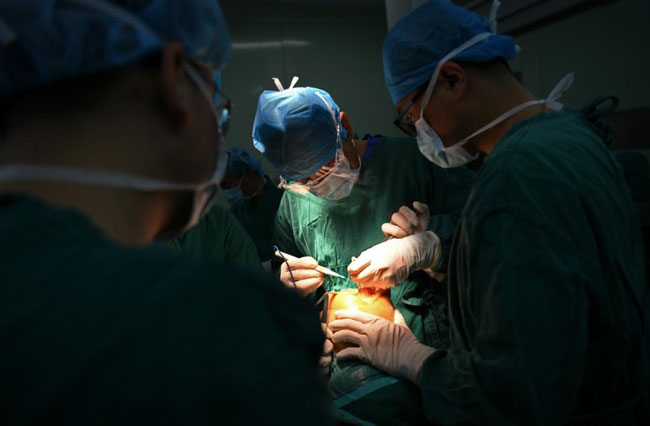
4. Good light quality
Surgical lights must have good light quality that provides accurate color reproduction of blood, tissue, and their changes. This characteristic is generally known as color rendering, expressed through the color rendering index (CRI), with the best possible CRI value being 100, derived from the spectral distribution of the light source. Color rendering is closely linked to color temperature. For instance, a 6000K color temperature is essential to achieve an actual color rendering of approximately 70-90, with effective color rendering almost reaching 100.
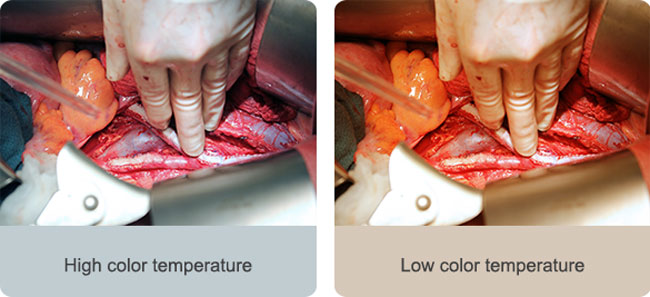
5. Easy to operate
Surgical lights used in surgery must be easy to operate, allowing for continuous adjustments to their position and direction during the procedure. This requires the operation to be simple, flexible, lightweight, with rapid, effective braking capabilities. Additionally, the lamp should be equipped with a sterilizable operating handle in its central part. More advanced products may also have features such as light-guiding fiber for deep cold light, color TV camera devices, and ventilation systems.
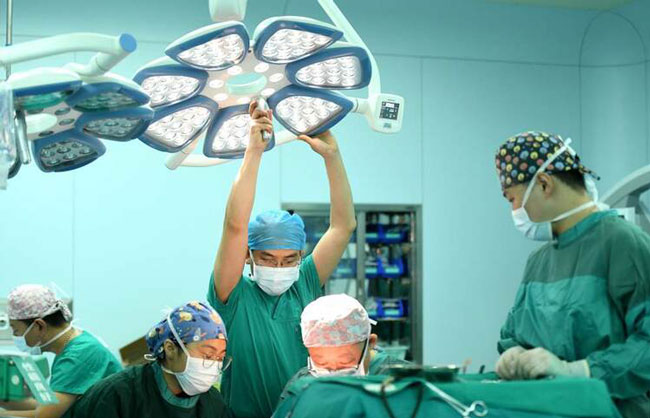
6. Economy and safety
Economy and safety are two vital considerations for best surgical lights used in surgery. Economy refers to the high luminous efficiency of the light source, low electricity consumption, and long service life. Most countries use halogen bulbs, and lamp bodies require materials that do not readily attract dust. Given the surgical light's typically large and complex design, safety is crucial and comprises of several factors, including electrical safety performance, the lamp body's structural integrity, and weight.
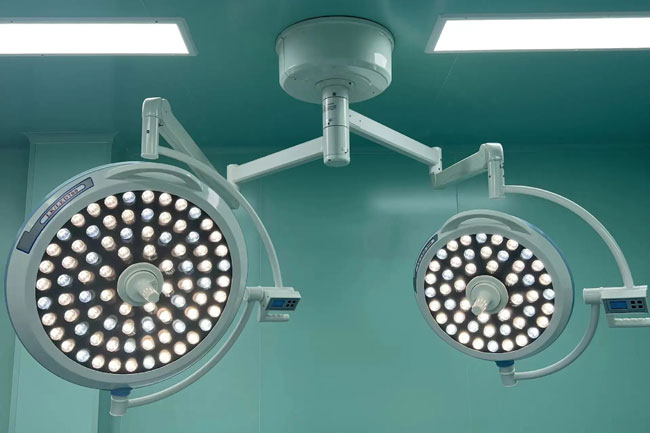
In recent years, reflective surfaces have been developed and produced using rigid glass, which can transmit a multilayer medium film-reflective mirror capable of reflecting infrared light. This "cold-light" reflective mirror can achieve illuminance levels of 100,000 Lux or more. The reflector's surface is coated with multiple layers of high-purity zinc sulfide, magnesium fluoride, or titanium dioxide, and silica coatings in a vacuum to form a uniform and impurity-free coating. To accommodate surgical needs, advanced surgical lights feature a luminosity adjustment device that allows the angle of illumination to be changed to suit the surgeon's position and surgical field scope. Best surgical lights are evolving towards increased efficiency, versatility, and cost-effectiveness. The aim is to provide sufficient illumination, good color rendering, perfect shadowless effect, and less infrared light to meet modern surgery's ever-evolving needs.
Article From: Shandong Xinyuchen Medical Equipment Co., Ltd.





